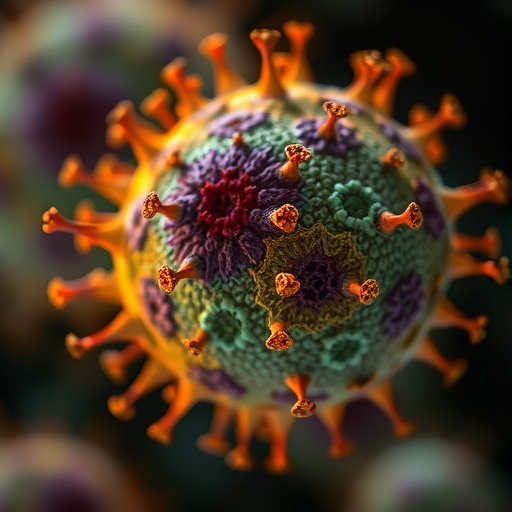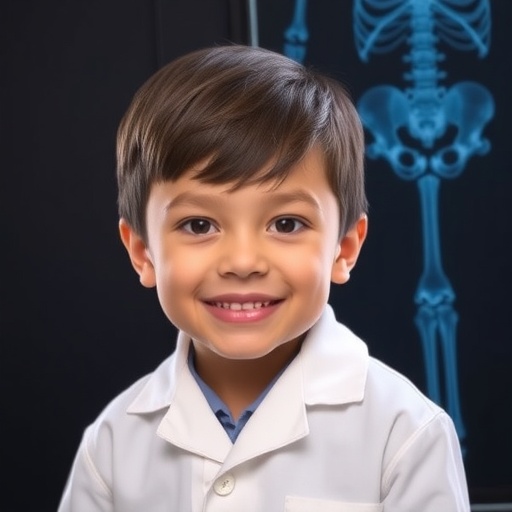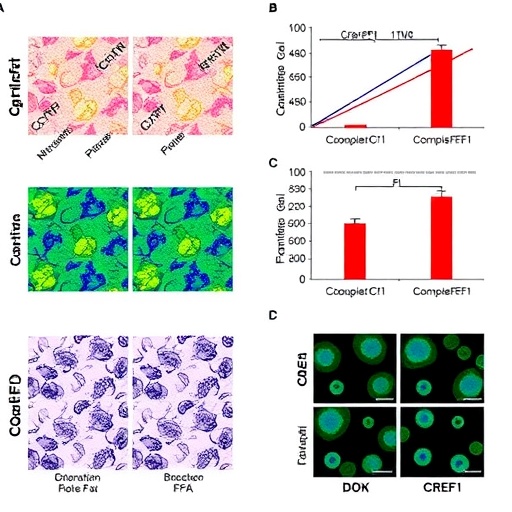In a groundbreaking study published in Current Biology, researchers from the University of Pennsylvania have unveiled a novel mechanism underlying telomere length inheritance that challenges long-standing assumptions in genetics and cellular biology. Telomeres, the repetitive DNA sequences capping the ends of chromosomes, function much like the plastic aglets on shoelaces, preventing chromosomal fraying and fusion. Their length not only determines cellular lifespan but also plays a crucial role in aging and cancer biology. Traditionally, it has been thought that telomere length is either inherited as a polygenic trait influenced by multiple genes or regulated solely by telomeric DNA sequences passed from parents to offspring. However, this new study reveals that the story is far more intricate.
The team, led by Associate Professor Mia Levine and Professor Michael Lampson, focused on the embryonic stage of development to understand how telomere length is transmitted across generations. They utilized a sophisticated mouse model system, specifically engineered to naturally carry either long or short telomeres. By performing reciprocal crosses—where the contribution of long and short telomeres alternated between mothers and fathers—they were able to dissect parent-of-origin effects independent of genetic sequence variations. Remarkably, the results demonstrated that embryos receiving long paternal telomeres and short maternal telomeres exhibited rapid telomere elongation, whereas the opposite parental combination resulted in telomere shortening.
This discovery marks a paradigm shift by establishing that the inheritance of telomere length is governed by asymmetrical parental contributions, a phenomenon not adequately explained by classical Mendelian genetics. The telomere length changes observed occurred during a critical window in early embryogenesis, specifically between the first and second cell divisions, before the embryo activates its own genome. This implies that the contents of the egg and sperm, beyond mere genetic information, can dynamically influence telomere length via epigenetic or molecular mechanisms.
Delving deeper into the molecular underpinnings, the researchers propose that this elongation is mediated through a mechanism reminiscent of alternative lengthening of telomeres (ALT) rather than the canonical telomerase enzyme. Telomerase traditionally adds telomeric repeats in germline and stem cells, ensuring chromosomal stability. However, ALT, a recombination-based pathway prevalent in about 10-15% of cancers, extends telomeres by a template-driven copy-paste mechanism using DNA from other telomeric regions. This finding is particularly illuminating, as it suggests that embryos can transiently harness an ALT-like pathway to recalibrate telomere length early in development, dictated by the parent-of-origin effect.
The implications of these findings extense beyond developmental biology into oncology and aging research. Long telomeres are a hallmark of cellular immortality in cancer cells, facilitating unchecked growth. Understanding how ALT is initiated naturally may provide fresh insights into how this pathway becomes aberrantly activated in tumors. Unlike cancer studies, where ALT activity is observed several generations downstream, this embryonic model uncovers the pathway’s initial activation, offering an unprecedented window into its regulation.
Furthermore, the study sheds light on human telomere dynamics, where previous epidemiological data indicate children of older fathers tend to have longer telomeres. Those complex human studies have been confounded by lifestyle and environmental factors. In contrast, this animal model provides a controlled setting to clearly demonstrate that the parental origin of telomeres substantially influences telomere length outcomes in progeny, independent of genotype.
Moving forward, the team plans to apply cutting-edge long-read genome sequencing techniques to human family trios to directly observe parent-of-origin telomere effects in humans. This approach could validate whether the embryonic telomere elongation phenomena observed in mice also underlie human telomere inheritance patterns. Such research holds promise for advancing precision medicine strategies targeting age-related diseases and cancers that hinge on telomere biology.
Beyond genetics, these findings emphasize the intricate interplay of epigenetic factors, chromatin structure, and genome integrity maintenance in early developmental stages. They underscore how non-genetic parental inputs, encapsulated within germ cells, critically shape the trajectory of offspring health and longevity by modulating chromosomal end protection.
Finally, the revelation that embryonic telomere elongation is sensitive to the specific combination of parental telomere lengths provides a mechanistic basis for natural variation in telomere length and aging risk among individuals. It also raises provocative questions about reproductive timing and parental age effects on offspring biology, opening new avenues for research into telomere dynamics across lifespan and generations.
This trailblazing study, funded by the National Institutes of Health and supported by collaborative resources at the University of Pennsylvania and the National Research Foundation of Korea, elevates our understanding of chromosome biology and inheritance. It bridges developmental genetics, epigenetics, and cancer research, promising transformative impacts on biomedical science and human health.
Subject of Research: Animals
Article Title: A parent-of-origin effect on embryonic telomere elongation determines telomere length inheritance
News Publication Date: 19-Sep-2025
Web References: DOI 10.1016/j.cub.2025.08.052
Keywords: Cancer research, DNA repair, Aging populations, Epigenetics, Chromatin
Tags: aging and telomere dynamicsembryonic development and telomeresgenetics of telomere lengthgroundbreaking study in Current Biologyimpact of cellular activity on cancerimplications for aging and cancer researchnovel mechanisms in cellular biologyparent-of-origin effects in telomere lengthreciprocal crosses in telomere studiessophisticated mouse model systemtelomere length inheritanceUniversity of Pennsylvania research





